Do you want to treat yourself with plants? I'm sorry to tell you, but good luck !
Today, trade magazines you with Latin names and incomprehensible words such as "depurative " depurative " astringent ", " dry extract ", " mother tincture "... All these complicated words make your head spin.
But don't be afraid. To help you this biologist's mumbo-jumbo, we've put together a unique glossary a unique glossary that explains the jargon of herbalists in simple words.
In this article, you'll discover all the tools you need to take your first steps into the surprising world of medicinal plants.
First and foremost, you should know that phytotherapy is medicine based on the use of medicinal plants. plants. In other words, " a plant that has a therapeutic effect on the body without being toxic in toxic in normal doses".
What are the plant parts?
When starting to use plants for it's very important to differentiate between their parts: roots, leaves, buds... roots, leaves, buds...
La partie utilisée peut varier en fonction de la plante. Par exemple, pour la réglisse, on utilisera la racine, alors que pour la menthe, ce sont les feuilles qui nous intéressent. Soyez donc bien attentif à ça avant de préparer vos tisanes.
Here's a quick summary of a plant's main "organs".
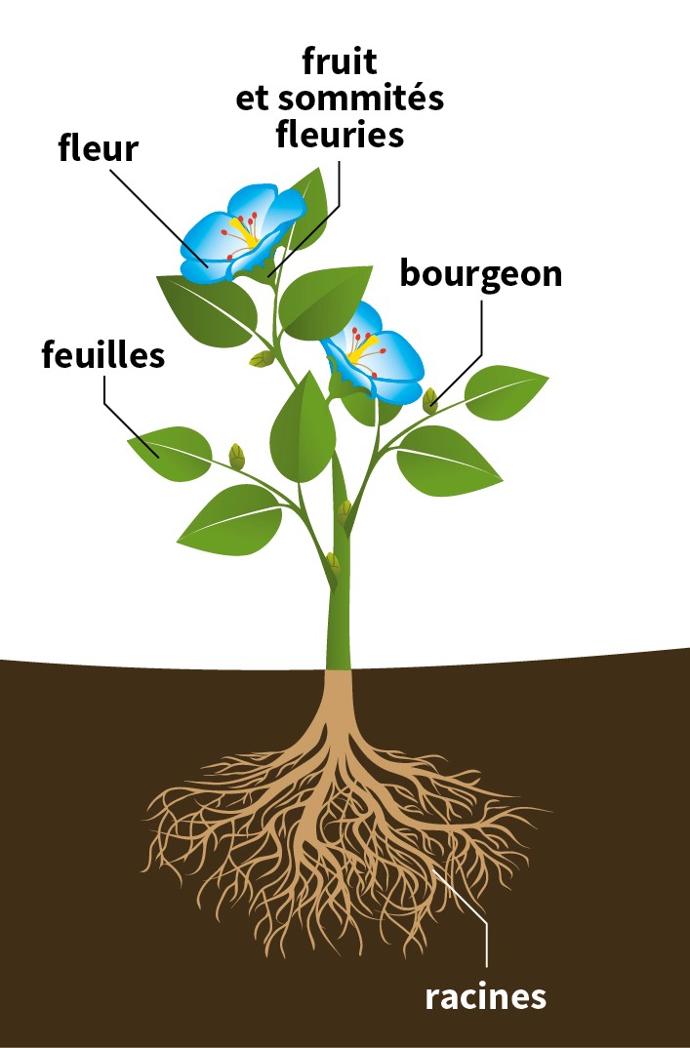
What are the different preparation methods?
Le mode de préparation peut varier en fonction des problèmes que l’on veut traiter ou des caractéristiques de la plante. Voici les principaux modes de préparation :
- Infusion
It is obtained by pouring boiling water over the medicinal plants.
Then simply cover the container and leave to infuse for between 10 minutes to 1 hour, depending on the plant.
This method is the most commonly used plants such as chamomile, mint, verbena and linden. verbena and linden.
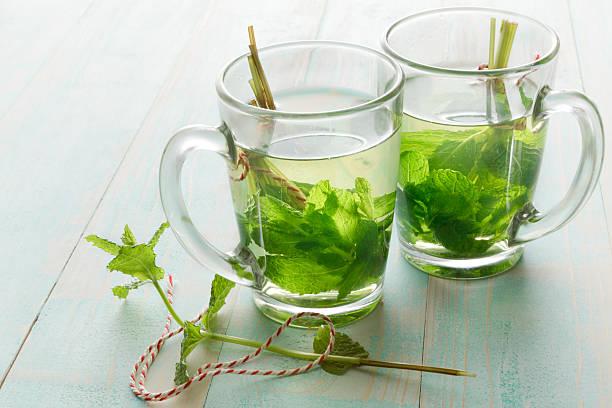
- The decoction
It is obtained by boiling in water or wine for between 5 and 30 minutes. This method is particularly suitable for roots, stems and fruits. fruit. For maximum benefit, plants should be chopped into small pieces. plants into small pieces.
- The poultices
It consists of applying grated or grated or crushed plants (carrot or onion pulp poultice, etc.), wrapped in gauze or cloth, etc.), wrapped in gauze or cloth. The preparation is held in place with elastic bandages. It can be made with plants, or dried plants mixed with boiling water. boiling water. They can be applied hot, warm or cold.
- Inhalation
It is performed by boiling the plants in water, so as to benefit from the beneficial effects of the steam of the steam released. The patient can inhale them by standing over the container with a towel over their head.
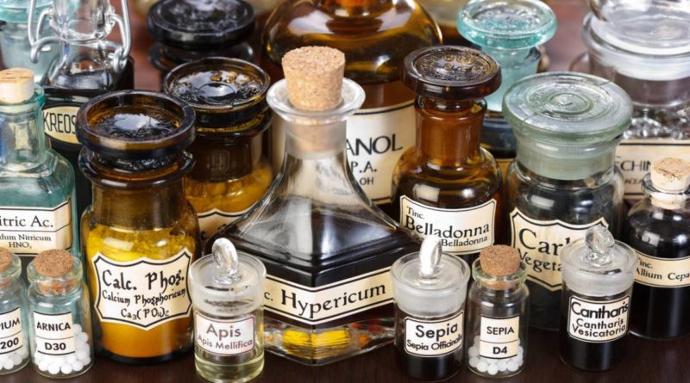
- Tinctures (and mother tinctures)
This term refers to the maceration of in ethyl alcohol, at a rate of 1 g of dry plant to make 5 g of tincture.
Mother tinctures are produced by macerating by maceration of 1/10 fresh plant in 65% vol. alcohol.
It 1 g of fresh plant for 10 g of mother tincture.
- Extracts (dry, fluid or soft)
These are made by evaporation of a tincture or decoction. There are several types characterized by their consistency: fluid extract, soft extract and dry extract. dry extract. The differences stem from the percentage of water remaining in the final final product.
- Integral suspensions of fresh plants (SIPF)
The aim of this technique is to conservation of the plant and preservation of all its active ingredients. active ingredients. To achieve this, the plant's drying process is stabilized stabilized by the cold, which blocks its usual enzymatic reactions. The is then preserved in 30% vol. alcohol.
- Fluid extracts of fresh standardized plants (EPS)
These products are made using the Phytostandard process. Fresh plants are first cold-ground (-90°), then the active molecules are recovered by a successive hydroalcoholic extraction process. Finally, the preparation is preserved in glycerine.
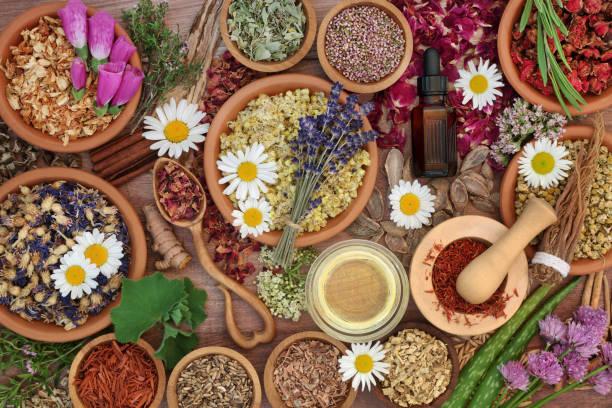
What are the therapeutic virtues of plants?
Les plantes sont un peu comme les bonnes fées. Elles ne se penchent pas sur notre berceau à la naissance, mais chacune d’elles possède ses pouvoirs particuliers. Le problème, c’est que les scientifiques ont donné des termes parfois compliqués (et pas très poétiques) à ces « dons » de la nature.
Can you recognize them?
- Adaptogen
The term refers to plants that have an invigorating effect on the body. They enable it to better and stimulate the immune system. Examples include for example,eleutherococcus or ginseng.
- Bitter
This type of plant stimulates digestion and stimulate the appetite. It is therefore advisable to take them at the start meals. Gentian falls into this in this category.
- Analgesic
Refers to pain-relieving plants such as lavender and chamomile.
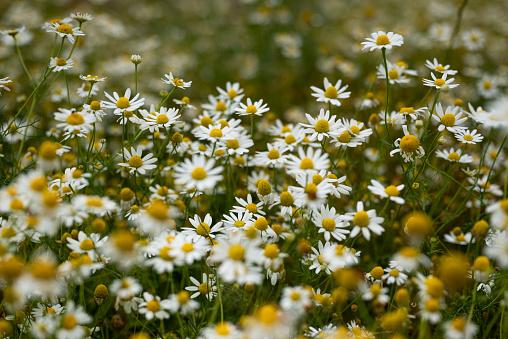
- Antiseptic
These plants fight infection by inhibiting the proliferation of microbes. They can act both internally and externally. This is the case with many aromatic herbs such as cumin, fennel, parsley, celery,aniseed, mint andoregano.
- Aphrodisiac
These are stimulating plants known to have an effect on libido(ginger, saffron, ginseng...).
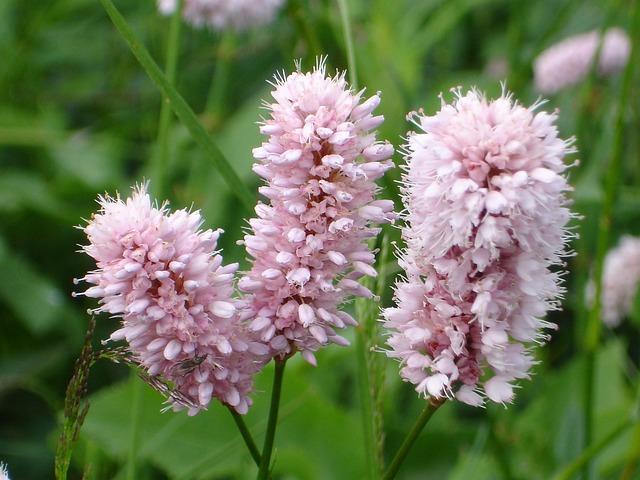
- Astringents
This type of plant has the ability to tighten tissues, capillaries and orifices.
They also reduce the various secretions produced by glands and mucous membranes.
They are therefore commonly used in cases of diarrhea, hemorrhage and angina. These includeagrimony,cranberry, bistort, quince, cypress, walnut andnettle.
- Carminative
Like fennel, lemon balm,aniseed and star anise, they help expel gas from the intestine.
- Depurative
Said of a plant that purifies the blood and cleanses the body of toxins by expelling them through the skin(sudorific: burdock, borage), kidneys(diuretic : heather, bearberry) or intestines(purgative or laxative : burdock, chicory, sarsaparilla).
- Diuretic
They act on the urinary tract. Some, like couch grass and leek, increase urine volume. Others, such asasparagus, birch, fennel andonion, help eliminate chlorides.
They are useful in cases of renal or cardiac edema. Blackcurrant, ash and apple can be used to treat excess urea in the blood.
Finally, juniper berries, goldenrod, heather and bearberry help relieve discomfort associated with urinary disorders (cystitis, nephritis, prostatitis).
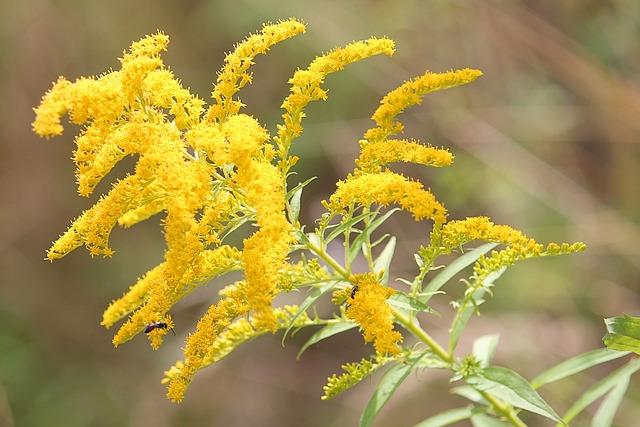
- Emollients
Which help relax tissues and calm inflammation (the opposite action of astringent plants). These includesweet almond, comfrey and mallow.
- Galactogen
Of particular interest to nursing mothers, galactogenic plants(fennel, aniseed, cumin...) promote lactation.
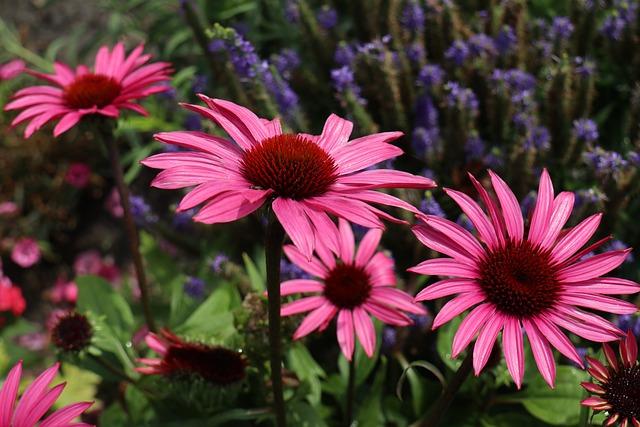
- Pectorale
These are all plants that help with diseases of the bronchi, lungs and larynx (rates, sore throat, bronchitis...).
- Purgative
These plants are even more powerful than laxatives in evacuating intestinal contents. These include bindweed and buckthorn berries.
- Stimulante
These plants invigorate the body in general. They stimulate the nervous and vascular systems. They include:wormwood,angelica, coffee,mugwort, cinnamon, coriander, rosemary, etc.
- Tonic
They fortify the body in general, restore energy and tone and stimulate organ activity. For example: knapweed, chicory, gentian, blackcurrant, agrimony. These plants are also known as "fortifying" herbs.
And many more...
The list goes on analeptic (fortifying), antiemetic (which prevents prevents vomiting), antispasmodics (soothe spasms) spasms), cholagogues (which have a positive acts positively on bile and liver), emmenagogues (promotes menstruation) menstruation), hepatic support the liver), sudorific (stimulates stimulate perspiration), vermifuge (attacks worms). attack worms)...



